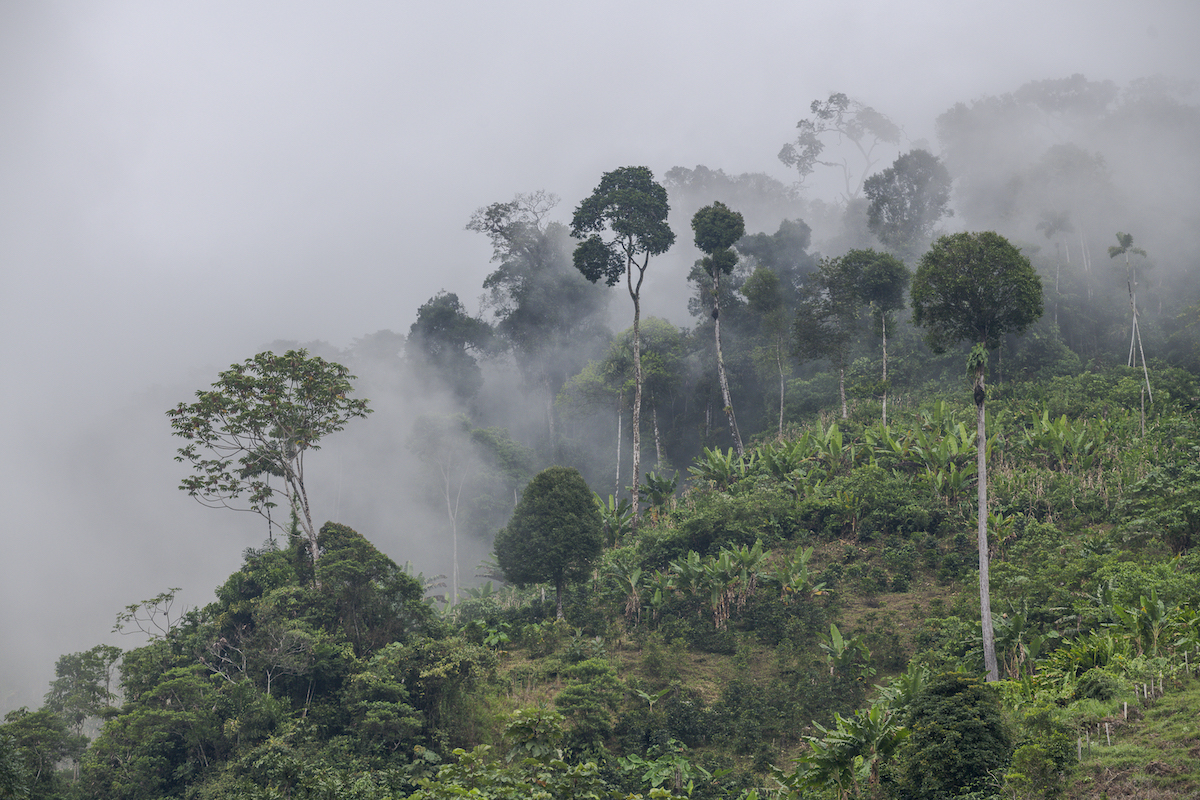Limiting warming to 1.5 to 2 degrees Celsius above pre-industrial levels, as outlined in the Paris Agreement, is a global imperative that will require significant investment from the public and private sectors. Although climate finance for adaptation and mitigation has increased in recent years, there is still a large gap between what’s needed and the amount of funding currently available. The mitigation gap is expected to increase to $850 billion annually by 2030, while adaptation costs in developing countries will rise to $340 billion by 2030.
Carbon credits are one way to assign value to actions that reduce, remove, or avoid GHG emissions and scale up climate action. A carbon credit represents a reduction of one metric ton of GHG emissions, which can be bought and sold on carbon markets. A Carbon Removal Unit (CRU) is a type of carbon credit that effectively removes carbon from the atmosphere. This can be done through practices, like low-carbon farming, agroforestry or forest restoration, that comply with a certified framework and methodology and are verified by an independent third party.
What are carbon markets?
There are two types of carbon markets: compliance and voluntary carbon markets.
- The compliance market is regulated and managed by mandatory carbon reduction regimes. Typically, governments and international bodies set caps on emissions, and companies must reduce their emissions to meet those caps or purchase permits to emit a certain level of GHGs. Examples of compliance markets include California’s Cap-and-Trade program and the European Union’s Emissions Trading System. Although the compliance market has benefits, including greater oversight, it is more difficult to scale up quickly enough to meet the reductions required to limit the impact of climate change. This is where the voluntary carbon market can play an important role.
- Voluntary carbon markets (VCMs) allow companies and individuals to voluntarily offset carbon emissions by purchasing carbon credits. VCMs differ from the compliance market in that they are not subject to the same regulatory requirements and oversight. VCMs have grown rapidly in recent years, nearing $2 billion in 2022. At the same time, there has been an additional focus on increasing the integrity of these markets and promoting the generation of high-quality carbon credits by developing more robust frameworks, guidelines, and processes.
Benefits of voluntary carbon markets
Closing the climate finance gap will require large-scale investment on a global scale. Market-based mechanisms, such as carbon markets, are essential for mobilizing private sector finance. Beyond providing critical climate finance, VCMs can support other sustainable development goals, such as biodiversity conservation, social and economic development, and clean energy.
For example, many carbon projects aim to protect and restore forests, wetlands, and other ecosystems. These ecosystems are important sources of biodiversity and can provide livelihood opportunities for smallholder farmers and rural communities. However, despite the benefits of VCMs, there are significant limitations.
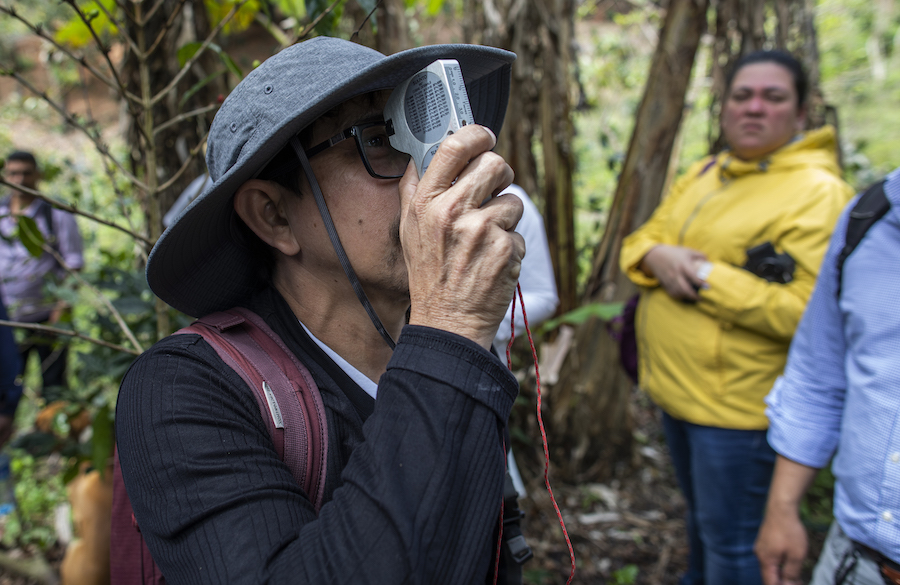
Potential barriers and limitations
In their current form, VCMs have several challenges that limit their ability to address climate change. The most significant limitation is that VCMs are largely unregulated, so there are few standards for verifying carbon credits or ensuring they reduce carbon emissions.
In addition, there are often no requirements for carbon credit buyers to reduce their own emissions or adopt more stringent sustainability standards. This has led to criticism that offsetting could act as an incentive for companies to continue high-emission activities.
To counter these challenges, VCMs could trade in high-quality carbon credits, and establish eligibility criteria to ensure that credit buyers are committed to climate action and sustainability. While there is no singular standard, high-quality credits have several common characteristics:
- Additionality means that the emissions reductions and removals would not have taken place without the incentives and resources provided by the project or program.
- Permanence means that the emissions reductions achieved by the project should be long-lasting, often defined in 100-year terms. The carbon credits should not be vulnerable to reversals or changes that could increase carbon emissions in the future.
- Reduced leakage, which refers to the way that GHG emissions can be displaced from one location to another. Primary leakage happens when a project causes GHG emissions to move rather than reduce. Secondary leakage occurs if a project or program inadvertently incentivizes increases in other GHG-emitting activities.
- No double counting, which occurs when the same emissions reduction is claimed or attributed toward two or more initiatives. Double counting occurs when no transparent tracking and accounting system is in place.
Several global partnerships and initiatives are emerging to address these critical challenges, strengthen the governance of VCMs, and ultimately facilitate the generation of high-quality carbon credits. Examples include:
- The Science Based Targets Initiative, which helps companies set science-based emissions reduction targets,
- The Voluntary Carbon Markets Integrity Initiative, a multi-stakeholder platform to drive credible, net-zero aligned participation in VCMs.
How can smallholder farmers benefit from carbon markets?
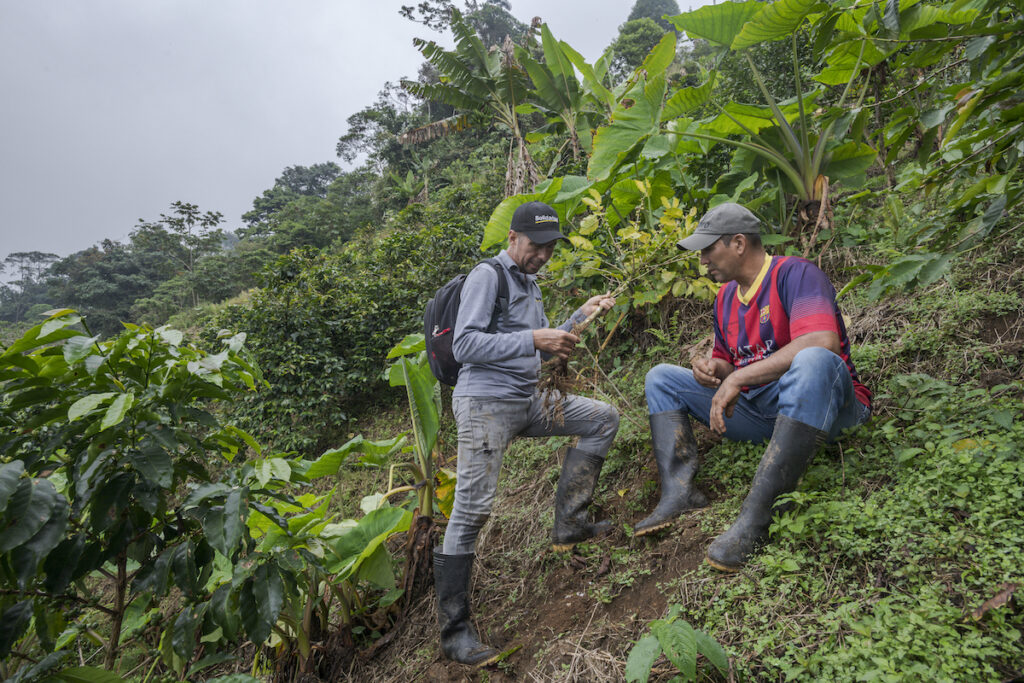
However, smallholder farmers have yet to benefit from carbon markets at scale – primarily because of the low prices offered and the high costs of generating tradable, unique, and verifiable carbon credits. In addition, participating in carbon markets can require a significant investment of time and resources. Though carbon markets can provide financial benefits for carbon sequestration, the financial incentives may be insufficient to cover the costs farmers incur. Nevertheless, the market is rapidly changing, and new technologies are expanding the limit of what is possible.
Agriculture, forestry, and other land use generate 22 percent of global GHG emissions and are significant drivers of climate change. Smallholder farmers are among those most vulnerable to climate change and are among those least responsible for it. However, farmers can also be part of the solution.
Small-scale farmers who implement low-carbon and deforestation-free practices are well-positioned to benefit from carbon markets.
Small-scale farmers who implement low-carbon and deforestation-free practices are well-positioned to benefit from carbon markets, which could help them increase their climate resilience and generate additional income. Carbon markets provide an important vehicle for compensating or incentivizing farmers who provide vital ecosystem services, such as sequestering greenhouse gases or using sustainable farming practices.
ACORN: A new platform to help smallholder farmers access global carbon markets
In 2020, the Dutch financial services company Rabobank established a platform called ACORN, which has helped smallholder farmers access carbon markets. As farmers implement more sustainable practices on their farms and transition to high carbon stock agroforestry production systems , they can offer their sequestered carbon as CRUs. ACORN measures stored carbon on a farmer’s land using remote sensing technology, such as satellite imagery, that greatly reduces monitoring and verification costs. The Acorn framework and methodology has been certified by Plan Vivo.
The platform requires buyers of CRUs to have a due diligence process in place, comply with the Rabobank Sustainability Statement, and have at least one of the following measures in place:
- A committed science-based target (SBTi) aligned to limiting a global temperature increase to 1.5 degrees;
- A written strategy in place to reduce your greenhouse gas emissions (publicly available or available to Rabobank);
- Proven greenhouse gas reduction (publicly available or available to Rabobank).
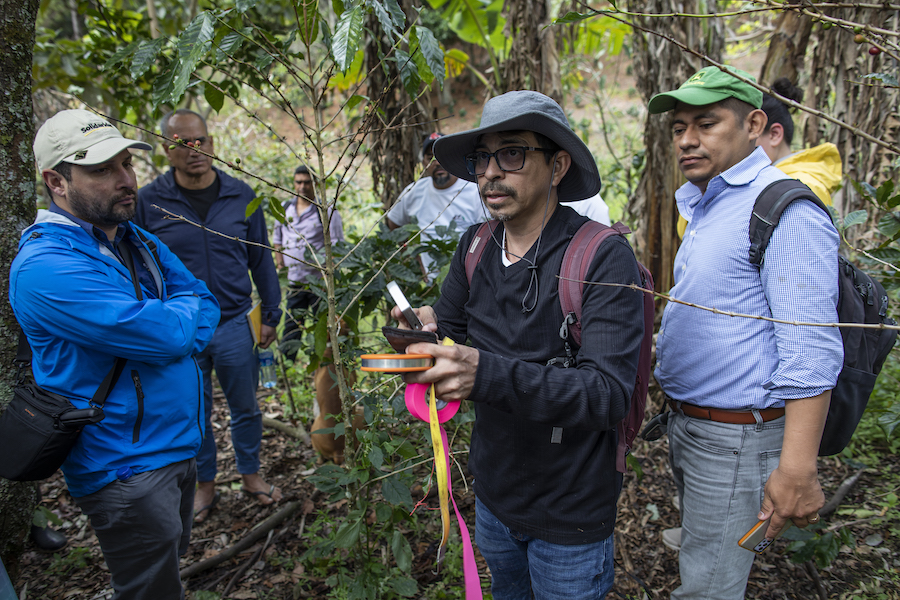
Solidaridad has partnered with Rabobank to train farmers in agroforestry practices and support their access to the platform. Agroforestry refers to a range of land-use systems whereby trees and shrubs are intentionally integrated with agricultural crops and/or animals. Farmers who implement agroforestry practices on their farms see a range of economic, social, and environmental benefits. Payments for carbon sequestration can become an additional financial incentive for adopting these practices.
With ACORN, farmers receive 80 percent of CRU revenue – as well as technical assistance from Solidaridad to implement agroforestry practices on their land.
With ACORN, farmers receive 80 percent of CRU revenue – as well as technical assistance from Solidaridad to implement agroforestry practices on their land. While farmers have historically faced challenges accessing carbon markets and earning fair payments for ecosystem services, ACORN’s approach ensures fair payments to farmers, while dedicating 10 percent of CRU revenue to maintain the platform and 10 percent to provide farmers with tailored technical assistance.
Solidaridad is integrating the ACORN platform into its work in coffee value chains in several countries across East Africa and Latin America.
- Solidaridad aims to reach 4,750 producers in Brazil and Peru through the Amazonia Connect initiative, a partnership between the U.S. Agency for International Development, Earth Innovation Institute, the National Wildlife Federation, and the University of Wisconsin-Madison. In Colombia, Amazonia Connect will also leverage a payment for ecosystem services program called BancO2, which aims to incentivize rural communities to conserve and restore ecosystems.
- In Colombia, Nicaragua, Kenya, and Uganda, Solidaridad is implementing the ACORN platform for the first time through the Dream Fund Program, funded by the Dutch Postcode Lottery, and aims to extend the program to 100,000 producers.
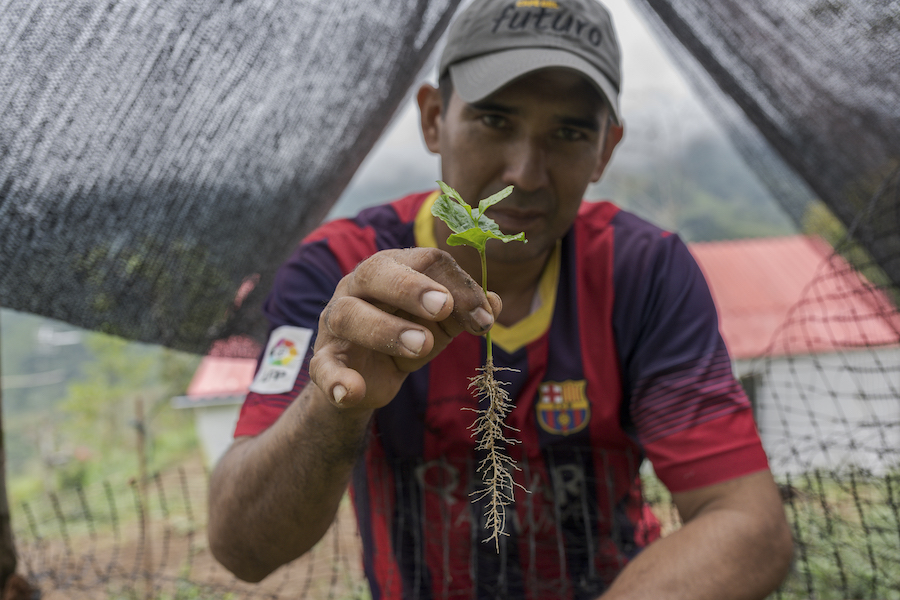
Smallholder farmers and the need for urgent climate action
Short- and long-term climate solutions are essential if the world is to meet its ambitious climate goals and limit warming. Though carbon credits alone cannot solve climate change, they can be useful as the world transitions to a low-carbon economy. However, to be effective and ensure the integrity of VCMs, there needs to be more robust, transparent, and accountable standards and mechanisms in place.
Carbon markets must be adapted to better meet the potential of smallholder farmers whose farming practices provide essential carbon sequestration, but are often not compensated fairly. Initiatives like the ACORN platform leverage advances in technology to reduce transaction costs, provide technical assistance, and facilitate improved access to markets and fairer payments for farmers – an important part of making carbon markets transparent, equitable, and impactful.
_____
This article was made possible thanks to the generous support of the people of the United States of America through the United States Agency for International Development (USAID). The contents of this article are the responsibility of the authors and do not necessarily reflect the views or positions of the U.S. Agency for International Development or the U.S. Government.

